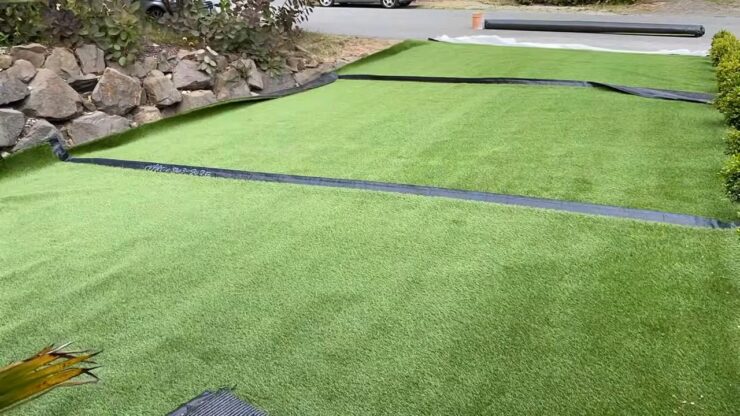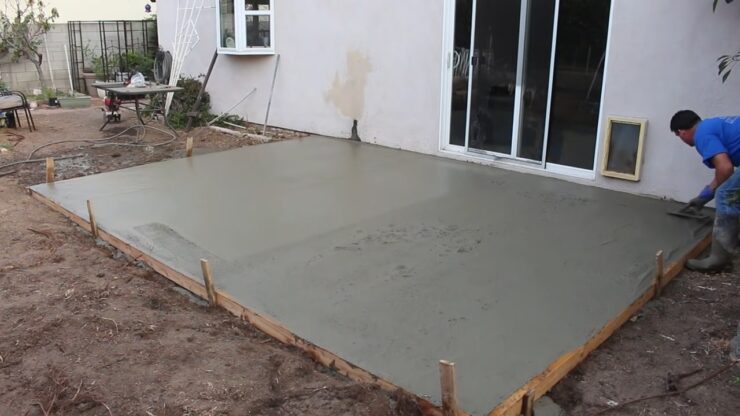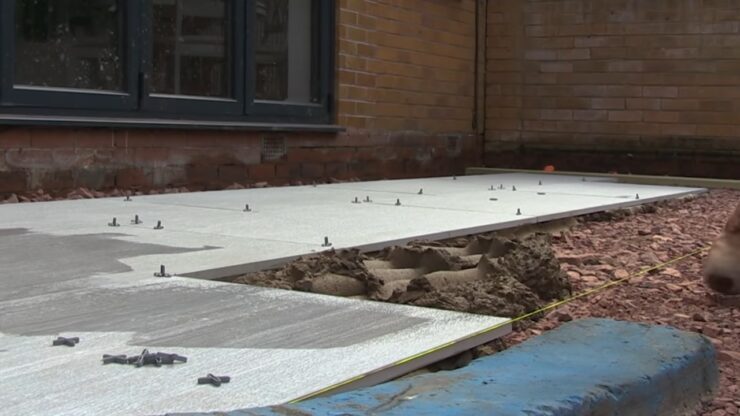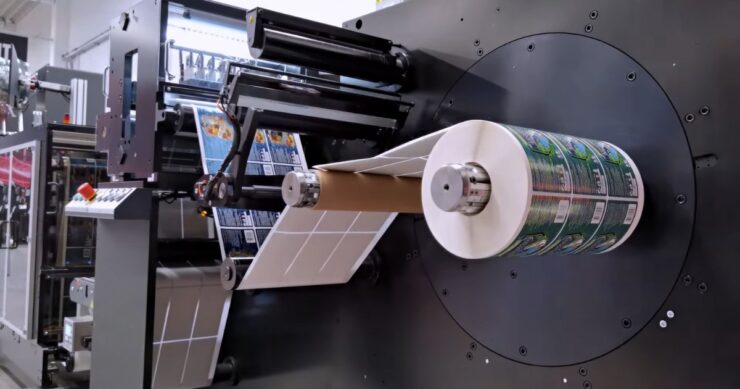
It goes without saying that any living or recreational area requires flooring, but when yours has seen better days, how do you know what to replace it with? Not too long ago, the answer was simpler; after all, there weren’t as many flooring options on the market. Despite this, in recent years, the number of outdoor flooring solutions has skyrocketed.
As a result, establishing the best flooring options for your outdoor space has become a tricky task. In order to help you combat this problem, detailed below are just some of the top outdoor flooring options to consider for your outdoor flooring replacement.
1. Artificial Lawn

First up is artificial grass, popular in the UK and further afield. An artificial lawn is ideal for anyone who loves the natural appearance of grass but simply doesn’t have the means of maintaining a real lawn. Restrictions can include a lack of sunlight or a limited amount of time that can be spent on maintenance. Ultimately, maintaining a natural lawn can be incredibly tiresome, expensive, and just straight-up difficult. An artificial lawn means you can mimic the appearance of natural grass without breaking your back to ensure it looks great.
2. Porcelain
When it comes to creating a modern look, porcelain is the ideal option. On top of this beautiful appearance, it’s incredibly durable, which is arguably the most important feature of any type of flooring. While it’s particularly durable, it’s still not as heavy as brick, concrete, or stone, making it somewhat easier to install.
Despite this, it’s extremely tricky to cut without professional equipment, meaning it has its pros and cons. Those who are keen to create a high-end appearance should certainly consider porcelain. It may not be the most affordable option, but it’s certainly among the most attractive.
3. Brick Pavers

For some people, a traditional and rustic appearance is the best one you can have. This can be achieved by way of a brick paver patio, which is ideal for complementing an old-fashioned brick fireplace or even a pizza oven. Due to their rustic appearance, brick pavers aren’t as popular as concrete; however, when done correctly, they can look great. This is on top of the fact that they’re incredibly durable. Another benefit of brick pavers is that they’re a cost-effective option, as well as being low maintenance, slip-resistant, and environmentally friendly.
4. Concrete Pavers
Perhaps the rustic nature of brick pavers isn’t your style, but you still want a visually appealing and durable outdoor flooring solution. If this is the case, concrete pavers might be for you. They’re a common choice among households, but there are a number of styles and sizes to choose from, making them a customizable option.
Moreover, concrete pavers are much easier to install than poured concrete and also much easier to install. This is because singular tiles can be switched out, rather than the entire floor requiring attention. As a result, a simple-looking, durable surface can be achieved with minimal installation struggles and maintenance.
5. Poured Concrete

Last but not least, poured concrete is equally durable and affordable and is laid out in long slabs rather than the small pieces that are used for pavers. Poured concrete is poured and cured on site, and before it’s cured, it can be stamped with a pattern, which is otherwise known as stamped concrete. As a result, your patio can achieve a unique look. Unfortunately, poured concrete slabs can buckle and crack over time, meaning maintenance can be somewhat of a chore. Despite this, their affordable upfront cost makes them a viable option.
6. Rubber Tiles
Rubber isn’t necessarily the first material that comes to mind for patio flooring; however, its durability makes it a suitable choice for outdoor paving. Additionally, rubber tiles can be quickly installed, and this is done so in many different pieces. This means that if one tile is damaged, it’s easy to replace.
While rubber tiles might cost a little more than concrete or wooden flooring, it tends to be worth the extra investment when considering the benefits and cost-saving capabilities in the future. Another pro of rubber tiles is that they boast a number of style and color options, as well as being both heat-resistant and water-resistant.
7. Traditional Wood Decking

When it comes to inexpensive outdoor wooden flooring options, traditional wood decking is one of the best solutions to opt for. Pine sits among the most inexpensive materials; however, there are various kinds of wood out there to bring your dream wooden decking to life.
With this variation comes a selection of different looks and durability. For instance, cedar is one of the more expensive types of wood, but it remains one of the most durable and popular solutions. That being said, traditional wood decking requires a significant amount of maintenance, meaning that it’s not without its challenges.
8. Composite Wood Decking
If reliability is what you’re after, composite wood decking is for you. This is because it’s eco-friendly, weather-resistant, easy to clean, and durable. Despite this, composite materials also have somewhat of a bad reputation, as they’re not natural; however, their low maintenance nature has meant that they’re an attractive option for homeowners globally. This is on top of the durability and simple installation of composite wood decking. Similarly, there is a multitude of color options to choose from, and composite wood decking doesn’t rot or splinter like natural wood decking.
9. Ceramic

We’ve previously touched on porcelain as an option for outdoor flooring, but ceramic is the more affordable alternative. Of course, this affordability comes at a cost, as ceramic is also less durable than porcelain. This is because ceramic is crafted from fewer refined materials than porcelain, meaning that it’s more porous and not as dense.
This reduced density means that it’s easier to cut, which is why it’s often the preferred choice among DIYers. When it comes to tiling in an outdoor capacity, ceramic is one of the most popular choices – it’s just about weighing up budget and aesthetic preferences.
Related Posts:
- Designing Your Dream Backyard: 8 Tips for Selecting…
- Grill And Chill: The Perfect Outdoor BBQ Island Guide
- 6 Signs of Poor Scheduling Management And How to Improve
- How to Use Online Casino Welcome Bonuses in Your Advantage
- 5 Tasks of a Car Accident Attorney
- Pokies And Problem Gambling: How To Play Responsibly…














